Architect @ James Cubitt Architects
The Architecture of Grounded Freedom
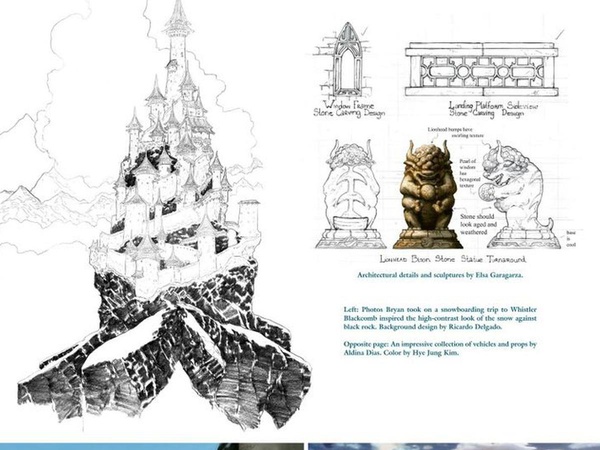
<p style="text-align: center; "><em>"Air is the element of freedom. The Air Nomads detached themselves from worldly concerns and found peace and freedom." </em></p><p>Imagine a world where buildings breathe in harmony with the wind, where structures seem to defy gravity, reaching for the boundless sky. This is the world of the Air Nomads in Avatar: The Last Air Bender, a civilization where architecture transcends mere function and becomes a testament to their core air bending values. Unlike the imposing fortresses of the Earth Kingdom or the aggressive flames embodied in the Fire Nation's structures, the Air Temples are a different narrative altogether. Crafted from wood and bamboo, these mountaintop havens celebrate openness, sustainability, and a profound connection with nature. They are a physical manifestation of the Air Nomads' moral compass and emphasis on peace and harmony. </p><p>Throughout history, societies have left their mark on the world not just through their actions and ideals, but also through the physical structures they have built. Architecture serves as a fascinating window into a civilization's soul, reflecting their values, priorities, and relationship with the world around them. The grandeur of a palace might speak of a society that prizes hierarchy and power, while the sturdiness of a fortress could signify a focus on security and defence. In the same way, the design choices of the Air Nomads – from the selection of materials to the placement of the temples themselves – offer a profound insight into their core principles.</p><p> In the Avatar: The Last Air Bender series, we are introduced to four Nations comprising individuals who can manipulate one of the fundamental elements each; The elements are water, Fire, Earth and Air. These Four nations each move through different political states and have varying levels of industrialisation and development, but everything in their respective borders is shaped by the element of the nation and the values they are most predisposed to as a result. The air nomads are a people of peace and spirituality; they have detached themselves from worldly concerns and are focused on living in harmony with the natural world. This way of life is expressed in all of their dwelling places across the Northern, Eastern Southern, and Western Air Temples; Towering and awesome structures weave their way into the clouds along and atop the sides of Mountains detached from the world below. </p><p><strong> Values Reflected in Architecture </strong></p><p>Having a closer look at the architecture, we can observe the way it shapes and is in turn shaped by the principles of its oft-wandering inhabitants.
In the Air temples, the walls of the expansive chambers are adorned with murals telling stories and teachings of air bending and philosophy; Sunlight streams through large windows, illuminating the polished wood floors and casting dancing shadows on the intricately woven tapestries. Gone are the heavy stone walls and imposing gates found in other nations; instead, light wooden pillars rise towards the sky, supporting multi-tiered roofs that seem, although tethered to the mountain, to yearn for the heavens; the first prevalent values are <strong>openness and Flow</strong>. The Large rooms have shared spaces and a minimal presence of walls. This openness is not merely aesthetic; it reflects the Air Nomads' commitment to peace and non-violence. The absence of confined spaces discourages feelings of aggression, and selfishness fostering a sense of freedom, togetherness and tranquility that mirrors the flow of the element they bend.</p><p>The second Main tenet of the people of the Air Nation is a<strong> harmonious existence with nature</strong>. To achieve this harmony they meditate spiritually every day, connecting with the state of the physical world and the spirit realm; Meditation chambers, small and secluded nooks, provide solace for quiet reflection, a cornerstone of the Air Nomad way of life. Beyond the main temples, specialised structures support the other daily activities. Training grounds with obstacle courses and platforms facilitate the development of physical air-bending skills while also promoting mental discipline and respect for the power they are entrusted with. These training grounds are often open-air spaces, reinforcing the connection with nature and fostering a sense of freedom during practice. Air benders, like air, move unencumbered, and freely through all obstacles even with a firm discipline. Their spaces are attuned to this. </p><p>Because of the desire to be one with Nature, the permanent and more temporary structures are all made with sustainable materials and are built into the readily available terrain. Training grounds sprawl across the mountainside, not as imposing battlefields, but as obstacle courses crafted from natural materials. Platforms for training turned playgrounds, and ramps for glider launches seem to merge seamlessly with the environment jutting out from the mountainside. Everything not carved from the cold steadfast mountains is built from warm wood and resilient bamboo; materials readily available and minimally processed at the expense of the local ecology. Renewable materials and their construction techniques, likely relying on traditional carpentry and joinery methods, demonstrate a profound understanding of working with, not against, the environment.</p><p><strong>Influences From the Real World</strong></p><p>The Air Temples draw heavily from real-world architectural traditions, particularly those of East Asia. The towering pagodas with their multi-tiered roofs strongly resemble structures found in China and Japan. These pagodas served as religious and educational centres, mirroring the dual purpose of the Air Temples as both monasteries and training grounds for Air Nomads.</p>
<p>Another influence is the concept of Tibetan sky monasteries, built on precarious mountain cliffs. This reflects the Air Nomads' preference for high altitudes, allowing them to live in harmony with the element they bend and practice their aerial techniques. The monasteries' dependence on natural elements for light and ventilation also resonates with the Air Nomads' philosophy of living in balance with nature. </p>
<p>The Air Temples transcend mere structures; they are a testament to the enduring power of morality to shape the physical world. By understanding how the Air Nomads' values are woven into the very fabric of their architecture, we can gain valuable insights into how design choices can promote a more peaceful
and sustainable future. </p>
<p><strong>Bridging Worlds: From Fantasy to Reality </strong></p>
<p>This essay serves as the first chapter in a series exploring the architectural expression of values in the Four Nations of Avatar: The Last Air bender. Each nation, defined by its element, embodies distinct morals. By delving into the architecture of the Air Nomads, Earth Kingdom , Fire Nation, and Water Tribes, we can gain valuable in sights into the relationship between a society's values and the physical world they create. Furthermore, by examining real-world influences on the sefictional structures, we can bridge the gap between fantasy and reality, prompting reflection on how our own built environment reflects and shapes our values. Stay tuned for the next chapter, where we'll explore the Earth Kingdom and how its architecture reflects their emphasis on stability, resilience, and connection to the ground.</p>
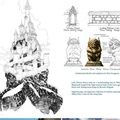

The Architecture of Grounded Freedom
By
 Joshua Omoijiade
•
2 plays
Joshua Omoijiade
•
2 plays
 Joshua Omoijiade
•
2 plays
Joshua Omoijiade
•
2 plays
0:00 /
0:00
Other insights from Joshua Omoijiade
Referral Earning
Points-to-Coupons
Insights for you.






 776
776












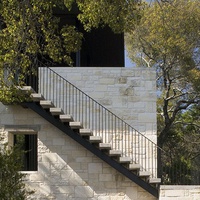



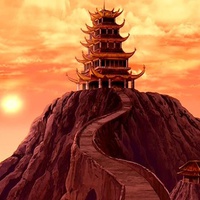


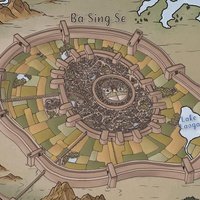
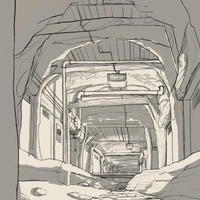













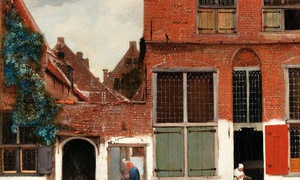























Comments